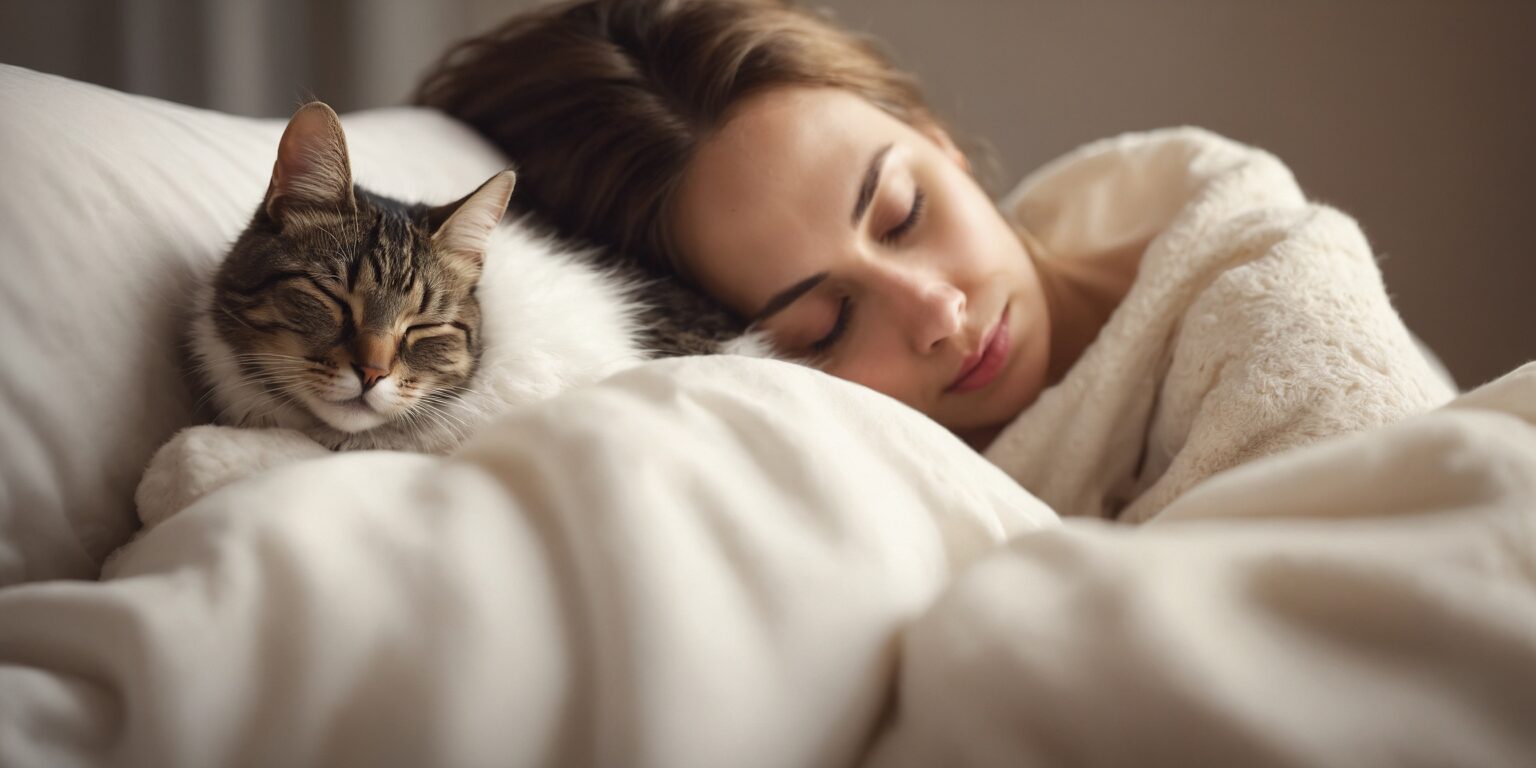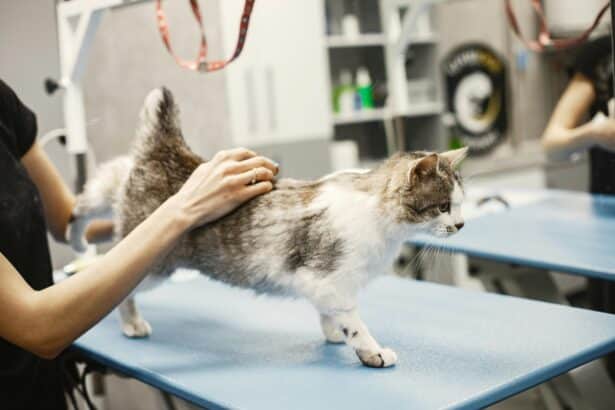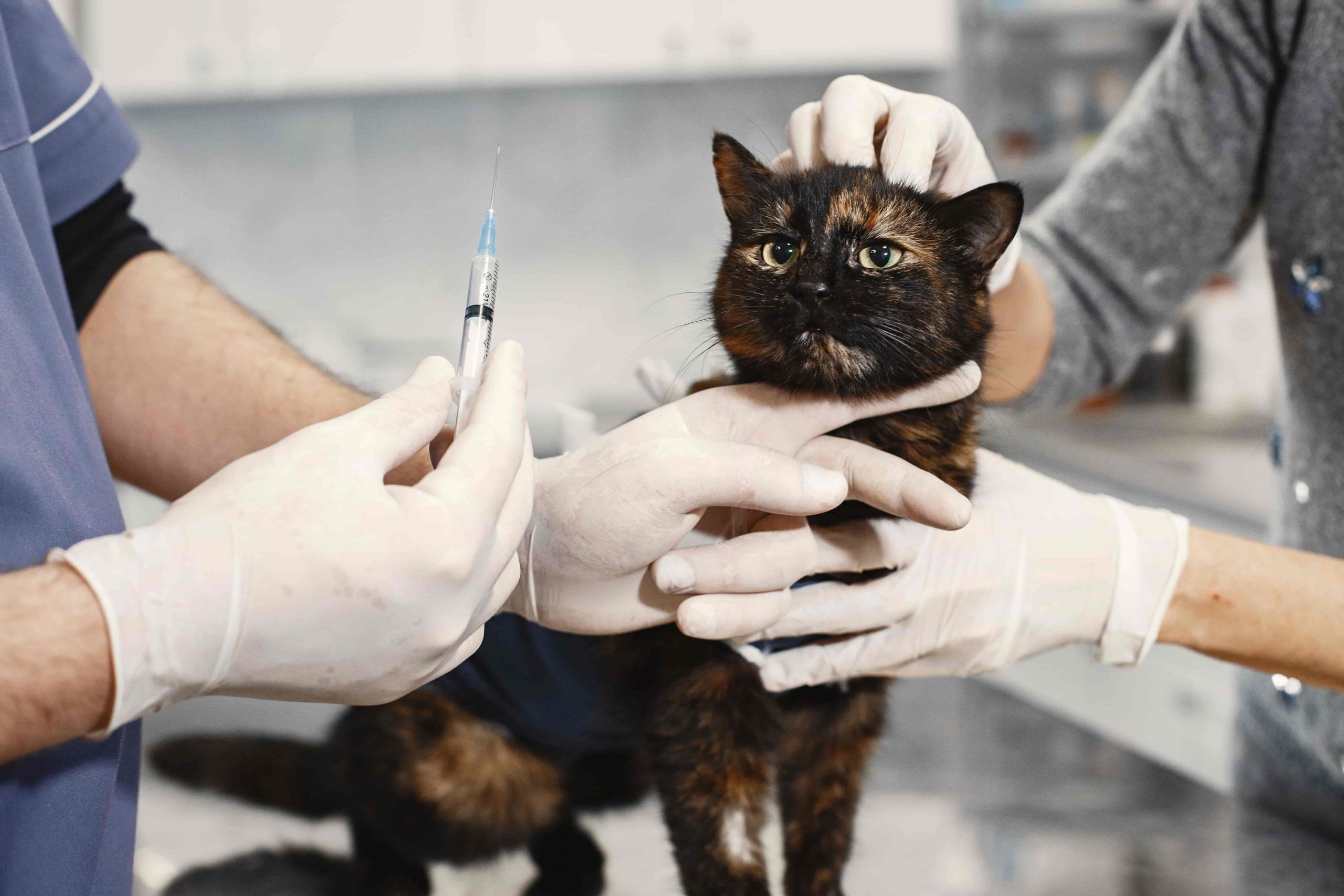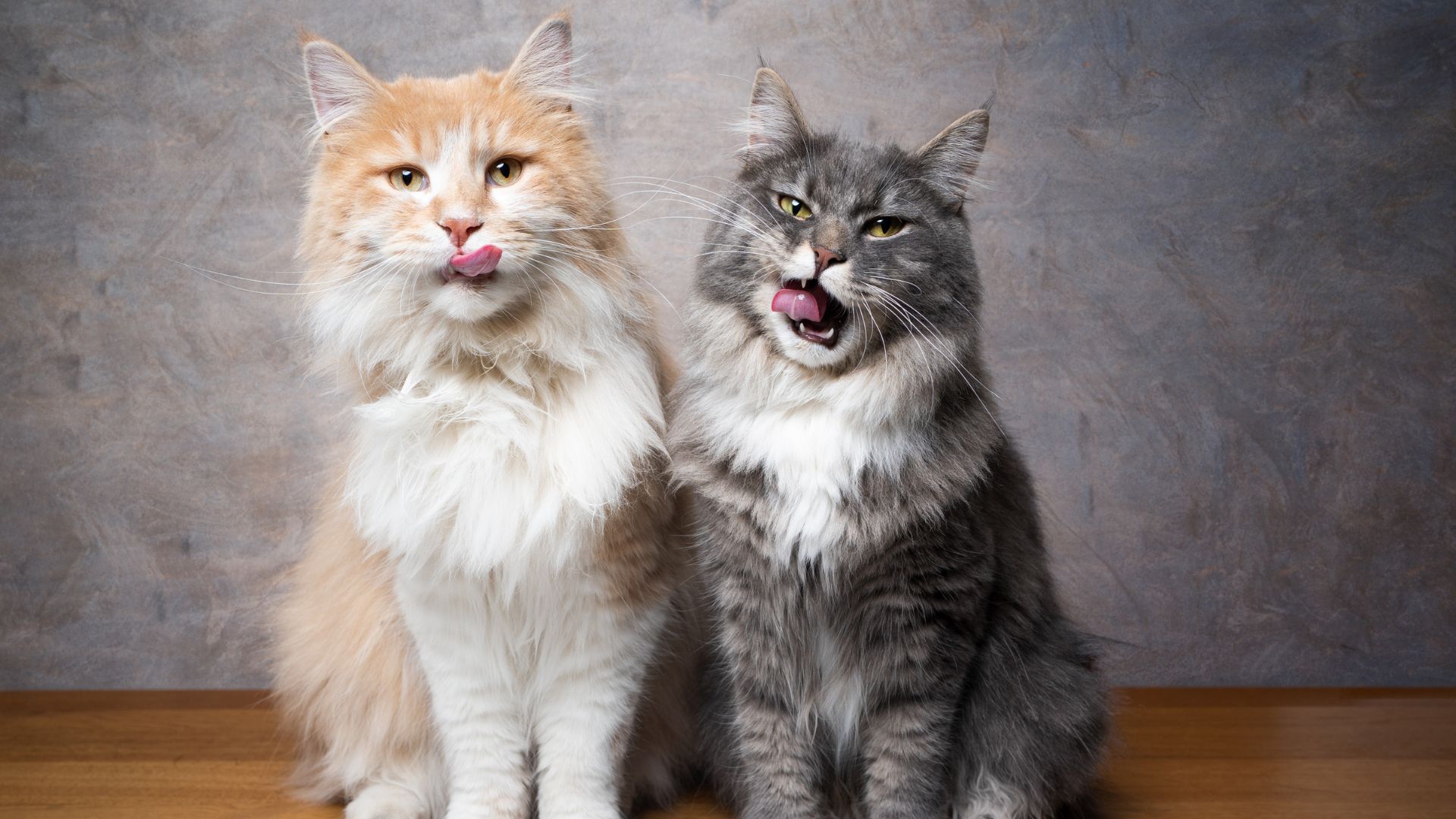Why your cat curls up in bed with you
Ever wake up with a soft nose against your cheek and tiny paws tucked into the duvet? That cuddle isnt random. When a cat chooses your bed, its about safety, affection, and a shared rhythm that feels good for both of you.
Want to dive deeper into the reasons behind this adorable habit? Here are the tender truthsand how to make co-sleeping blissful for you and your feline.
Affection and trust, plain and simple
Cats sleep where they feel safest. Your scent, heartbeat, and steady breathing create a calm bubble that helps them let their guard down. Climbing onto you or tucking under your arm is a quiet I love you in cat language.
If your cat prefers your pillow to their basket, its not a snub to their bedits trust. Curious to see other sweet reasons behind this behavior? Explore more reasons cats sleep on us.
Warmth and comfort: youre the coziest spot
Felines are heat seekers, and your body is the perfect radiator. With an average body temperature around 38 39 b0C, cats love retaining warmth, especially on cool nights. Your duvet traps heatpure bliss.
Bonus: sleeping against you gives gentle micro-massages from your breathing and movement, which can be incredibly soothing for many cats.
Scent, territory, and you
When your cat rubs, kneads, or sleeps on you, theyre also marking you with their scent. Its their way of saying, Were family and This is my safe person. That shared smell tells your cat that everything is okay.
Common mistake to avoid: dont shove your cat away roughly when they settle in. A gentle redirect (like lifting them to the foot of the bed) protects trust while setting boundaries.
The quiet benefits of sleeping with your cat
Calmer mind, thanks to purring
Purring can feel like a built-in sound bath. Some research suggests cat ownership is linked to lower stress and even a reduced risk of certain cardiovascular events. MedicalNewsToday reports on a large cohort finding that cat owners had fewer fatal heart attacks over time: read the overview.
Want a gentle refresher on the science of that soothing hum? Learn why cats purr and what it can mean.
Better sleep quality (for many)
For a lot of people, a cats presence makes falling asleep easier. The steady warmth and quiet companionship can help you drift off faster. Light sleepers may need boundaries, but for many, a cat is a calming bedtime anchor.
Astuce: place a soft throw at the foot or side of the bed to guide your cat to their spot. Sprinkle a little catnip on it for a week to build the habit.
A stronger bond, night after night
Sharing that peaceful time deepens your connection. The soft blinks, slow purrs, and even gentle kneading are social behaviors that tell you your cat feels safe and close to you.
Those paw massages arent randomtheyre meaningful. If youre curious, heres a friendly guide to what kneading really expresses.
Understanding feline night habits
Why is your cat active after dark?
Cats are crepuscular: most active at dawn and dusk. Instinct says this is when prey moves, so you may get a 5 a.m. zoomie session. Its normal, even for the cuddliest house cat.
If vocalizations are part of the wake-up call, this explainer on why some cats meow at night can help.
Gentle ways to manage night wakings
- Play before bed: 10 15 minutes of chase-and-pounce, then a small meal to mimic hunt, eat, sleep.
- Use routine: same wind-down, same lights out, same sleeping spot every night.
- Ignore attention-seeking at 4 a.m.: responding with food or play rewards the behavior and guarantees repeat performances.
Practical tip youll love: pop a small blanket in the dryer for 2 minutes before lights out and place it where you want your cat to settle. Warmth is irresistible and helps them claim that area.
Signs your cat is truly asleep
- Loose body posture: curled like a croissant or stretched on their side.
- Slow, steady breathing with soft whisker or ear twitches.
- Little paw paddles during dreams.
Surprising fact: cats cycle through REM sleep and can dream of play or hunting, which is why whiskers and paws sometimes dance. Wondering how much sleep they need? Heres how much cats sleep by age and lifestyle.
Co-sleeping that works for both of you
Create a cozy their place on your bed
Offer a plush throw or pet bed at the foot or beside your legs. Most cats happily trade your face for a warm, clearly marked spot they recognize as theirs.
Reward quiet settling with soft praise or a single treatthen nothing at 3 a.m. to avoid mixed signals.
Keep it clean and comfy
- Wash the bedding regularly and lint-roll fur from pillows.
- Stay on top of flea prevention as advised by your vet.
- If you have allergies, a HEPA purifier and frequent sheet changes help.
When to set gentle boundaries
If youre a light sleeper or your cat prefers your head, shift them to their blanket every time, calmly and consistently. No scolding needed; routine will do the teaching.
Need position ideas that respect both of you? Check out the best positions for sleeping with your cat for cozy inspiration.
Conclusion
Sleeping with your cat is a quiet love story made of warmth, trust, and tiny night-time rituals. With a few soft boundaries and cozy touches, youll both wake up restedand a little more in love.
FAQ Why do cats sleep with us?
Is it okay to let my cat sleep in my bed?
Yes, if it doesnt disrupt your rest and you maintain good hygiene and parasite prevention. Set gentle boundaries if needed.
Why does my cat sleep on my chest or head?
Its warm, your heartbeat and breath are soothing, and your scent feels safe. Guide them to a cozy spot if it disturbs your sleep.
How can I stop 4 a.m. wake-up calls?
Evening play, a small post-play meal, and ignoring attention-seeking at night help reset habits. Consistency is key.
Does co-sleeping make my cat more attached?
Often yes. Shared calm time deepens trust and strengthens your bond in a way many cats truly value.







